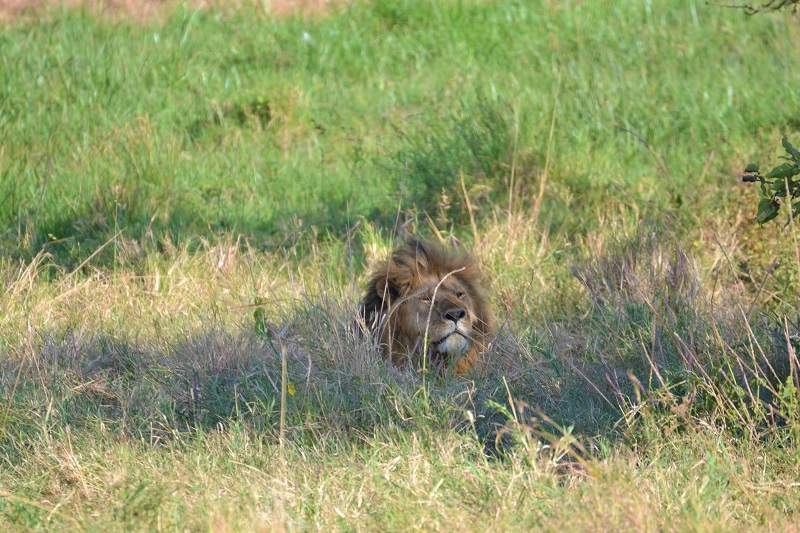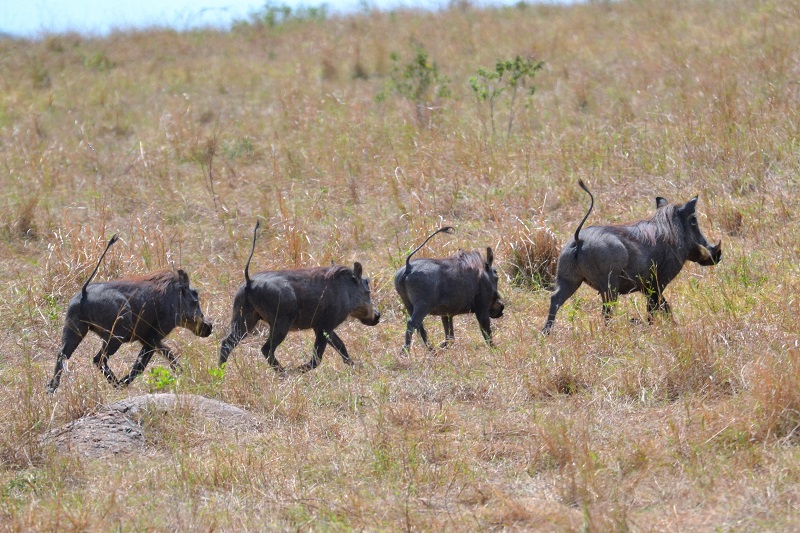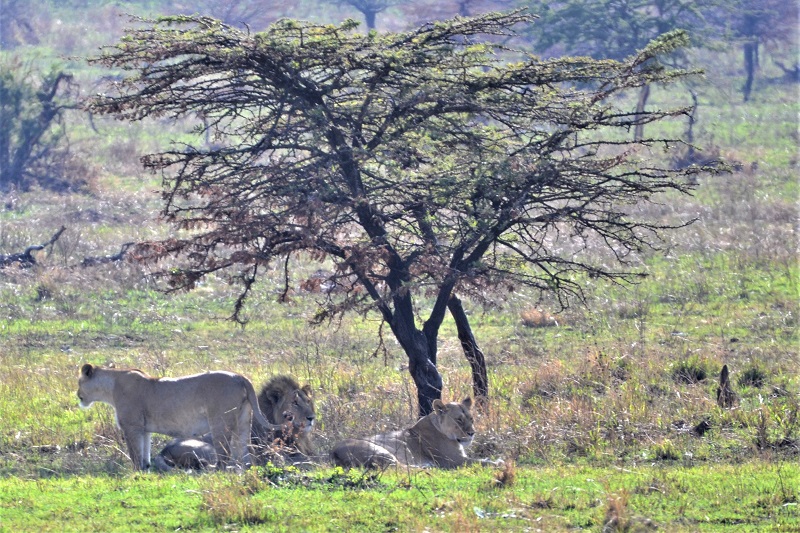In the southern Serengeti the immense savanna is lost beyond the infinity of the horizon, interrupted only by the kopjes, rocky outcrops and bizarre geologically dated at least billion of years ago, on which it is not unusual to see lions or leopards. From December to April the southern plains, arid in the dry season, are transformed into meadows of incredible beauty and Ndutu Lake is full of life.
In these months, here where the grass finally grows luxuriant, gather the animals, protagonists of the great migration – a spectacle that is repeated without interruption since the dawn of time! It is an unmissable emotion to see the movement of millions of herbivores, mostly wildebeest (over a million) and zebras (two hundred thousand), accompanied by gazelles, impalas and all the animals of the savannah, with their following of ferocious predators ready to hunt for survival. The cubs of wildebeest and many other herbivores, preferred preys of lions, leopards and cheetahs, come to light just in these months, the closest to the Kisina Kopjes, in the extreme south of the park, place from which the great migration begins.
In April, the cubs are weaned and the herds begin to look for new pastures towards the central Serengeti and the Seronera. In the area, rich in wildlife all year round, is concentrated, with the passage of the great migration, the richest amount of predators in all of Africa! Crossed by the rivers Seronera, Ngare Nanyuki, Nyabogati and Orangi, all tributaries of the river Grumeti, it is the richest area of accommodation and also the most touristic area of the park, but it is so vast that it is not difficult to find little frequented trails to enjoy the savannah in solitude. It is in fact part of the experience and spirit of the safari share with the jeeps of other tourists sightings of the rarest animals, but only a good guide will “give you your time” for sighting in the respect of other times, and will also know – and especially – dosing solitary experiences with shared experiences.
To the west of the Seronera extends the Western Corridor, from which you can reach Lake Victoria. The banks of the Grumeti are an excellent place for the sighting of hippopotamuses, crocodiles, elephants crossing the river, leopards resting on trees; from May to June, this is one of the best places (like the area of the Mara in summer) to enjoy the spectacle of the great migration.
From July to October the herds move in the northern Serengeti, hilly and covered with acacias, between Tanzania and Kenya, where the park takes the name of Masai Mara. Here the crossing of the river gives the most exciting show, equal only to what you can admire in Grumeti in the previous months. The animals that carry out the great migration never concentrate exclusively in Kenya or in Tanzania but continue to move on the border, crossing several times back and forth the Mara in search of new pastures of newly grown grass.
In November, the great migration is further east, in the area of the Lobo Valley, ready to head south to return to the starting point.
This spectacular circular movement of hundreds of thousands of animals, whose times are regulated with the perfection of every natural rhythm, is guided only by the incredible sense of smell of wildebeest for grass and rain. The movements follow more or less the same path and the same seasonality, but like all natural phenomena also the great migration does not follow a completely predictable pattern. Inserting two different and quite distant destinations in the safari programming in the Serengeti National Park allows you to manage the route according to the actual movement of the herds.



























